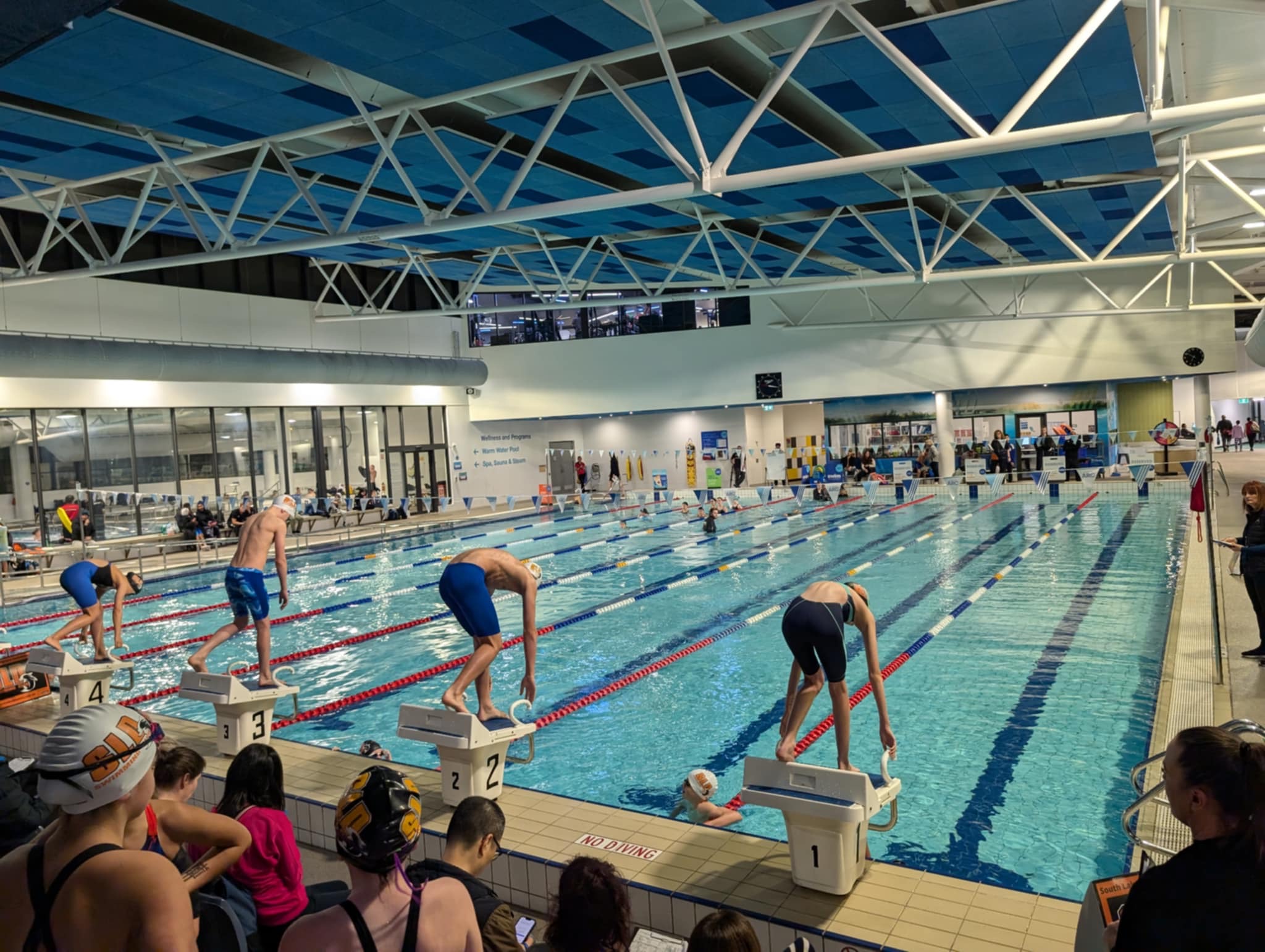The Olympics is the pinnacle of athletic achievement, and for swimmers, it represents years of intense preparation and dedication.
As the world watches the Olympic Games, it’s a good time to delve into the gruelling training regime that Olympic swimmers undergo, specifically looking at one of Australia’s and the world’s standout stars, Ariarne Titmus.
Ariarne Titmus’ training schedule
Ariarne Titmus, an Australian swimming sensation, is known for her incredible work ethic and rigorous training schedule.
Titmus has been quoted as saying, “I swim because I love the sport, and that’s why I started. All of the pressure comes back to that, and my coach and I try to set standards that are high enough to outweigh the pressure I feel from others.”
It’s therefore not surprising that preparing for the Olympics involves a meticulous balance of in-pool and out-of-pool workouts.
Below is an outline of how Titmus might prepare for the upcoming Paris Olympics.
Pool training
Titmus would typically swim six to seven days a week, covering between 60 to 80 kilometres.
Her sessions are divided into morning and afternoon workouts, each lasting about two hours. A typical week might look like this:
- Monday – Endurance swim in the morning, speed sets in the afternoon
- Tuesday – Technique-focused swim in the morning, aerobic base sets in the afternoon
- Wednesday – High-intensity interval training (HIIT) in the morning, recovery swim in the afternoon
- Thursday – Mixed pace training in the morning, sprint-focused sets in the afternoon
- Friday – Long-distance swim in the morning, drill sets in the afternoon
- Saturday – Race-pace training in the morning, technique refinement in the afternoon
- Sunday – Active recovery swim or complete rest
Gym training
Complementing her pool sessions, Titmus would incorporate gym workouts three to four times a week.
These sessions focus on building strength, power, and injury prevention.
In an article on the Speedo website, Titmus is quoted as saying, “I do 3 weights sessions a week, and a couple of spin bike and core exercises almost every day. Not only does this stuff complement my swimming, but it’s good for my mind too.”
- Monday – Lower body strength (squats, deadlifts), core stability exercises
- Wednesday – Upper body strength (pull-ups, bench press), plyometric exercises
- Friday – Full body circuit training, mobility work
- Saturday – Core and stability exercises, functional movements
Training recommendations for aspiring young swimmers
For young swimmers with Olympic aspirations, the amount of training needs to be carefully balanced to ensure steady progress without risking injury.
Here’s a physiotherapy-informed approach:
Training load
- Volume – Young swimmers should gradually increase their training volume. Start with three to four sessions per week, progressively adding more sessions as they grow older and their bodies adapt.
- Intensity – Focus on technique and aerobic base building initially. High-intensity workouts should be introduced gradually.
- Rest – Adequate rest and recovery are crucial. Ensure at least one rest day per week and incorporate active recovery sessions.
Land-based exercises
- Strength training – Incorporate bodyweight exercises like push-ups, planks, and squats. As they mature, light weights and resistance bands can be introduced.
- Core stability – Exercises like planks, bird dog and leg raises help improve core strength, crucial for efficient swimming.
- Flexibility and mobility – Incorporate stretching routines and dynamic mobility exercises to enhance flexibility, which is vital for preventing injuries.
- Plyometrics – Exercises like box jumps and medicine ball throws can help develop explosive power, essential for starts and turns in swimming.
Resource: Speedo.com.au
Physiotherapy perspective
From a physiotherapy standpoint, it’s important to monitor the physical development and workload of young swimmers.
Overuse injuries are common, so assessment by a physiotherapist can help identify early signs of strain or imbalance.
Tailoring the training load to the individual’s growth and ensuring proper technique in both swimming and land-based exercises are key.
The South Lake Dolphins Swim Club, in partnership with Lifecare Cockburn, emphasizes the importance of physiotherapy and injury prevention in their training programs.
This collaboration provides swimmers with access to professional physiotherapy services, ensuring they stay injury-free and can maintain consistent progress in their training.
Conclusion
While the training regimen of Olympic swimmers like Ariarne Titmus is extraordinarily demanding, young aspiring swimmers should focus on building a solid foundation, progressively increasing their training load, and emphasizing technique and injury prevention.
This balanced approach will set the stage for future success, potentially leading them to their own Olympic dreams.

